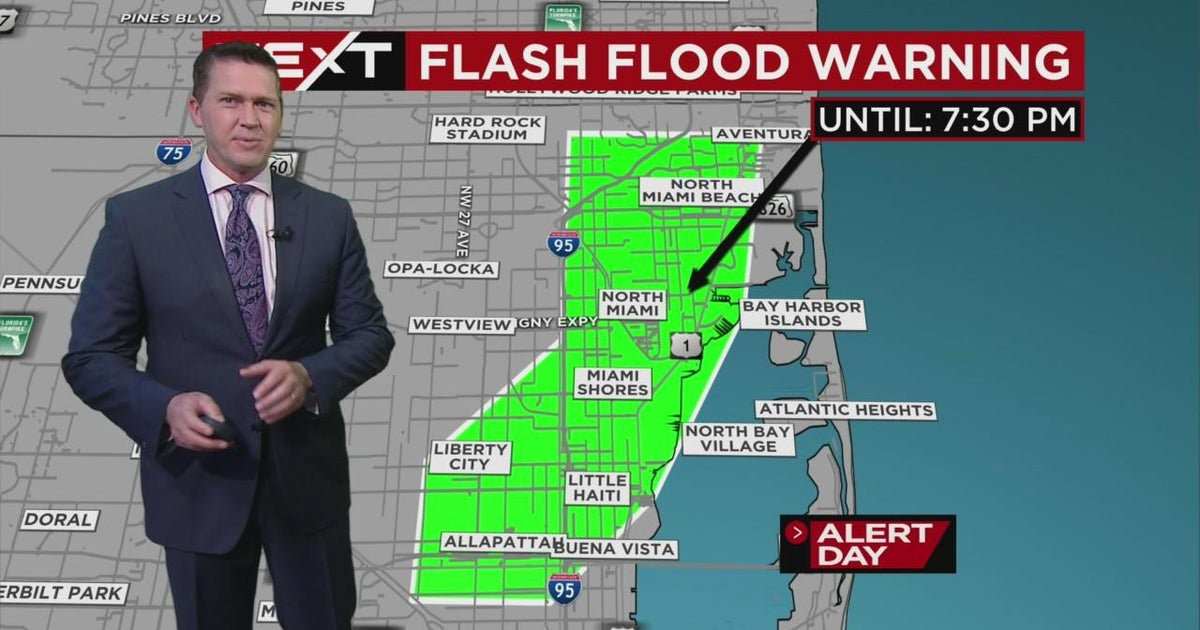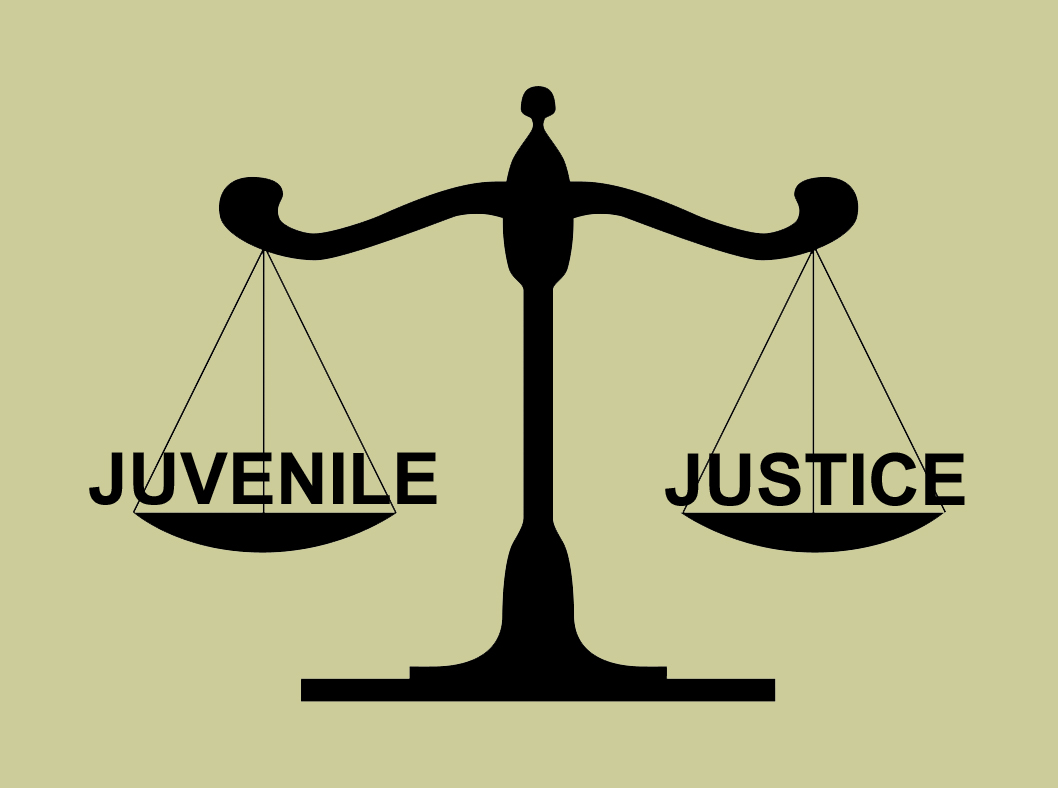Protecting Yourself: A Guide To Flash Flood Warnings And Alerts

Table of Contents
Understanding Flash Flood Warnings and Alerts
Understanding the difference between various alert levels is the first step in effective flash flood preparedness. Knowing when to take action can be the difference between safety and serious danger.
The Difference Between a Watch and a Warning
The terminology used in flash flood alerts is critical. Misinterpreting these alerts can have severe consequences.
- Watch: A flash flood watch means that conditions are favorable for flash flooding to develop. This is not an immediate threat, but it's a signal to begin monitoring weather conditions closely and preparing for potential flooding. Be ready to act quickly if a warning is issued.
- Warning: A flash flood warning signifies that flash flooding is occurring or is imminent in your area. This is a serious alert requiring immediate action. You should already have your emergency plan in place and begin evacuating or taking shelter if necessary.
- Advisory: A flash flood advisory indicates that conditions are less severe than a warning, but there's still a potential for hazardous conditions. While not as urgent as a warning, it’s still a good time to monitor the situation and be prepared.
Sources of Information
Reliable information is paramount during a flash flood event. Staying informed allows for timely responses and protects your family. Utilize the following sources for up-to-date flash flood alerts:
- National Weather Service (NWS): The NWS is your primary source for accurate and reliable weather information, including flash flood warnings. Sign up for weather alerts on their website (weather.gov) or through their mobile app. They provide detailed forecasts, radar imagery, and river forecasts, vital for assessing your risk.
- Local News and Media: Local news channels and radio stations provide crucial real-time updates specific to your area, often including eyewitness reports and immediate updates on evolving situations.
- Emergency Alert Systems (EAS): These systems deliver urgent alerts directly to your phone, television, and radio. Ensure your devices are properly configured to receive these critical messages.
- NOAA Weather Radio: A dedicated NOAA Weather Radio with Specific Area Message Encoding (SAME) technology provides continuous weather updates, including flash flood warnings tailored to your specific location. This is a reliable backup to other alert systems.
Preparing for a Flash Flood
Proactive preparation significantly reduces your risk and improves your ability to respond effectively.
Developing a Family Emergency Plan
A well-defined family emergency plan is critical. This plan should outline clear procedures and responsibilities for each family member.
- Identify safe locations: Determine high-ground locations, upper floors of your home, or designated evacuation routes in advance. Know the quickest and safest escape routes from your home and neighborhood.
- Establish communication methods: Designate a primary contact person outside your immediate area and pre-arrange meeting points in case you become separated. Have backup communication plans if cell service is disrupted.
- Pack an emergency kit: Prepare a kit that includes essential supplies such as non-perishable food, bottled water, medications, flashlights, batteries, a first-aid kit, and important documents in a waterproof container.
Protecting Your Property
Protecting your property can minimize damage and reduce the burden of recovery after the floodwaters recede.
- Move valuables to higher ground: Move furniture, electronics, important documents, and other valuables to higher floors or locations to prevent water damage.
- Clear drains and gutters: Ensure that drains and gutters around your property are clear to prevent water buildup and reduce the risk of flooding around your home.
- Consider flood insurance: Flood insurance is often not included in standard homeowner's insurance. Consider purchasing flood insurance to protect your financial investment in your home and belongings, as recovery from a flash flood can be costly.
Responding to a Flash Flood Warning
Swift action is essential when a flash flood warning is issued. Knowing what to do and how to react can save your life.
Immediate Actions
The moment you receive a flash flood warning, prioritize your safety.
- Move to higher ground immediately: Do not wait. Evacuate low-lying areas and flood-prone regions as quickly as possible. Time is of the essence.
- Do not attempt to drive or walk through floodwaters: Even shallow water can sweep you off your feet. The force of rushing water is deceptive and can be deadly. "Turn around, don't drown" is a critical mantra to remember.
- Turn around, don't drown: This simple phrase emphasizes the severe danger of attempting to navigate floodwaters. Never underestimate the power of moving water.
Post-Flood Safety
Once the immediate danger has passed, there are still safety precautions to observe.
- Avoid floodwaters for several days after the flood recedes: Floodwaters can be contaminated with sewage, chemicals, and debris, posing health risks.
- Report damage to authorities: Contact your insurance company and local officials to report damage and begin the process of recovery.
- Be aware of potential hazards such as downed power lines and structural damage: Proceed with extreme caution when inspecting your property after a flash flood. Damaged structures may be unstable.
Conclusion
Staying safe during a flash flood requires preparedness, awareness, and swift action. By understanding the differences between flash flood watches and warnings, developing a family emergency plan, and knowing how to respond to an alert, you significantly increase your chances of surviving this potentially life-threatening event. Remember, your life is precious. Heed flash flood warnings seriously and take immediate action to protect yourself and your family. Don't wait for a flash flood warning to become a flash flood emergency – prepare for flash floods today!

Featured Posts
-
 Frances Juvenile Justice System Facing Calls For Reform
May 25, 2025
Frances Juvenile Justice System Facing Calls For Reform
May 25, 2025 -
 2002 Submarine Scandal French Investigation Points To Malaysias Former Prime Minister Najib
May 25, 2025
2002 Submarine Scandal French Investigation Points To Malaysias Former Prime Minister Najib
May 25, 2025 -
 A Corruption Scandal Shakes Monaco The Prince And His Money Manager Under Scrutiny
May 25, 2025
A Corruption Scandal Shakes Monaco The Prince And His Money Manager Under Scrutiny
May 25, 2025 -
 Analysis Uk Inflation Pound Sterling And Boe Monetary Policy
May 25, 2025
Analysis Uk Inflation Pound Sterling And Boe Monetary Policy
May 25, 2025 -
 Positieve Aex Prestaties Tegenover Onrustige Amerikaanse Beurs
May 25, 2025
Positieve Aex Prestaties Tegenover Onrustige Amerikaanse Beurs
May 25, 2025
Latest Posts
-
 Maryland Mourns The Loss Of Legal Luminary George L Russell Jr
May 25, 2025
Maryland Mourns The Loss Of Legal Luminary George L Russell Jr
May 25, 2025 -
 Claire Williams And George Russell A Complex Relationship In Formula 1
May 25, 2025
Claire Williams And George Russell A Complex Relationship In Formula 1
May 25, 2025 -
 Did Claire Williams Wrong George Russell A Critical Examination
May 25, 2025
Did Claire Williams Wrong George Russell A Critical Examination
May 25, 2025 -
 George Russell Pays Off 1 5m Debt Signals Point To A New Mercedes Contract
May 25, 2025
George Russell Pays Off 1 5m Debt Signals Point To A New Mercedes Contract
May 25, 2025 -
 Analyzing The Impact Of Claire Williams Decisions On George Russells Career
May 25, 2025
Analyzing The Impact Of Claire Williams Decisions On George Russells Career
May 25, 2025
